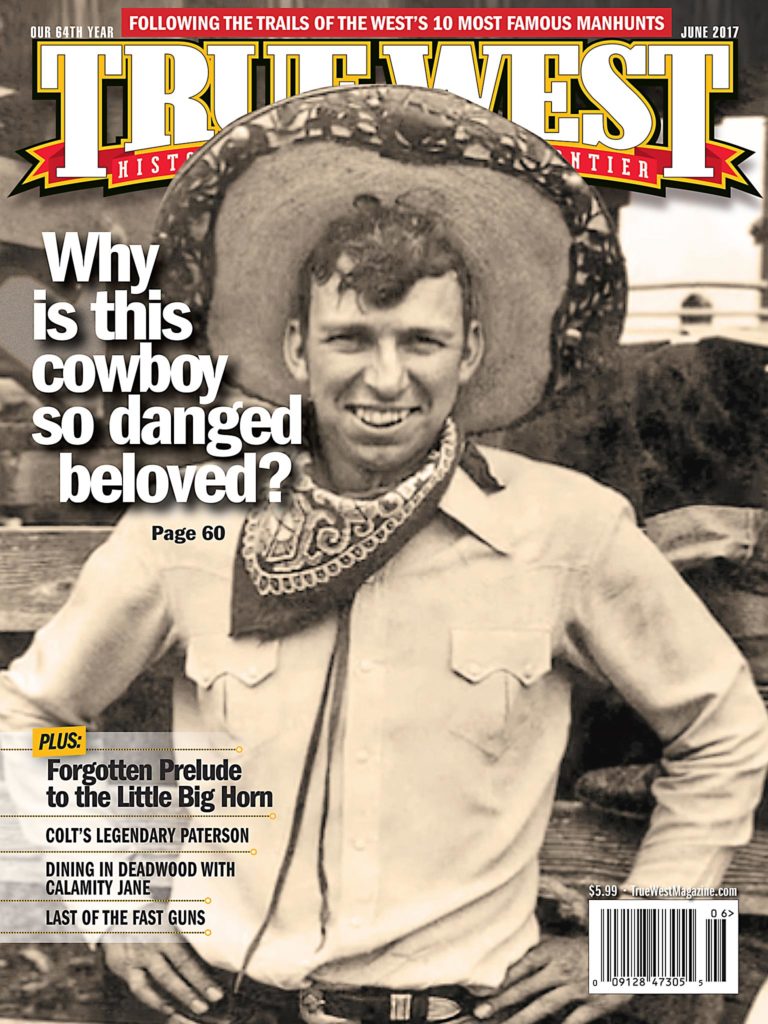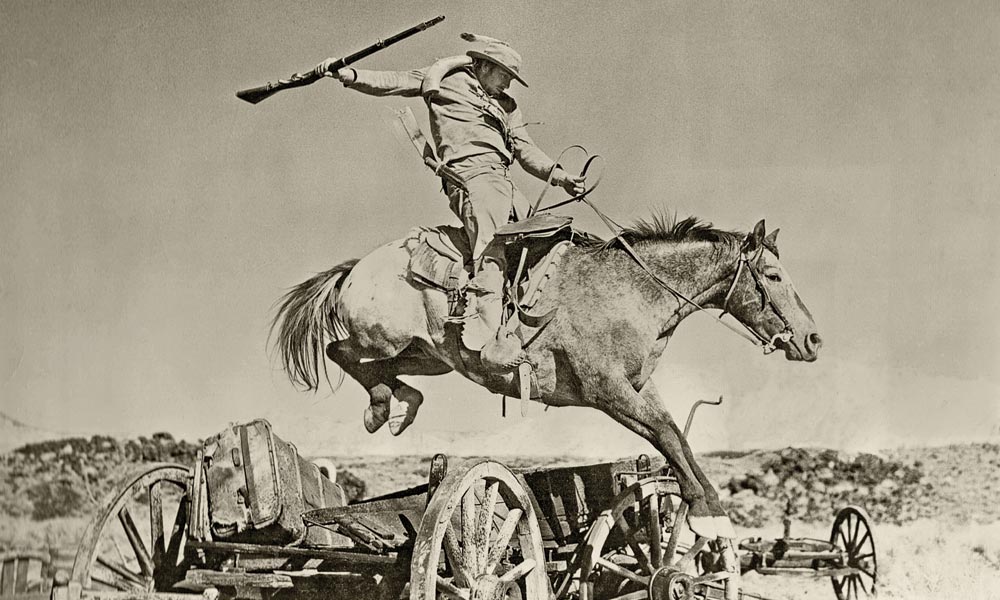
– All Photos Courtesy Daryle Ann Giardino unless otherwise noted –
Show me a magazine cover with a pretty girl, a baby or a dog…and I’ll show you a magazine that sells,” publishing legend William Randolph Hearst once said.
For True West, our biggest draw is turning out to be a rodeo clown-turned-actor. The magazine posts quite a few pictures on our Facebook page, hoping for a reaction. Until now, the most enthusiastic response has been to the walk-down shot from 1993’s Tombstone, which reached about 405,000 people. But when we ran what is now this issue’s cover shot, of a grinning Slim Pickens, we were overwhelmed by the response: more than 108,081 likes, 8,327 comments, 22,883 shares and the granddaddy number of them all, 2,373,360 views.
To make sure this was not some fluke, True West republished the picture for social media fans, and the numbers nearly repeated.
Why the astonishing response? Why, more than 30 years after his passing, is an actor who was never the lead in any of his movies, still so beloved?
Answering those questions became my mission, which I hoped would be easier than learning the meaning of “Rosebud.”
A Rodeo Star is Born
Going by his accent, many have assumed that Slim was from the South, but he was born Louis Burton Lindley Jr. in Kingsburg, California, not far from Fresno, on June 29, 1919. His father, Louis Sr., was from Texas, and his mother, Sally Mosher Turk, hailed from Missouri, which altogether explained his drawl.
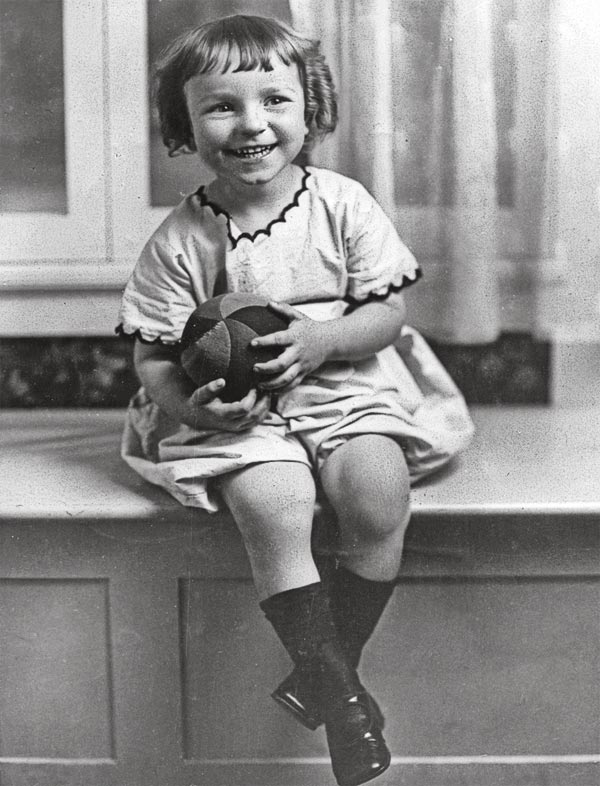
The Lindleys were a ranching family, and Louis Jr., then called Burt, was at home in the saddle from an early age—he had his own horse when he was four. But while Burt was expected to work on the family ranch, by the time he was 15, his true passion was for rodeo.
Louis Sr. was not pleased. Daryle Ann Giardino, Slim’s daughter, recalls her father’s story of his first rodeo: “When he went to register, Dad told the woman behind the desk, ‘I don’t know what to do. My dad told me if he sees my name on a contestant entry, I’m not gonna have a home to come to.’ She said, ‘Well, why don’t you call yourself Slim Pickins’, kid, ’cause that’s what it’s going to be.’ And it stuck: Louis B. Lindley—Slim Pickens.”
That day, he won $400, right out of the chute!
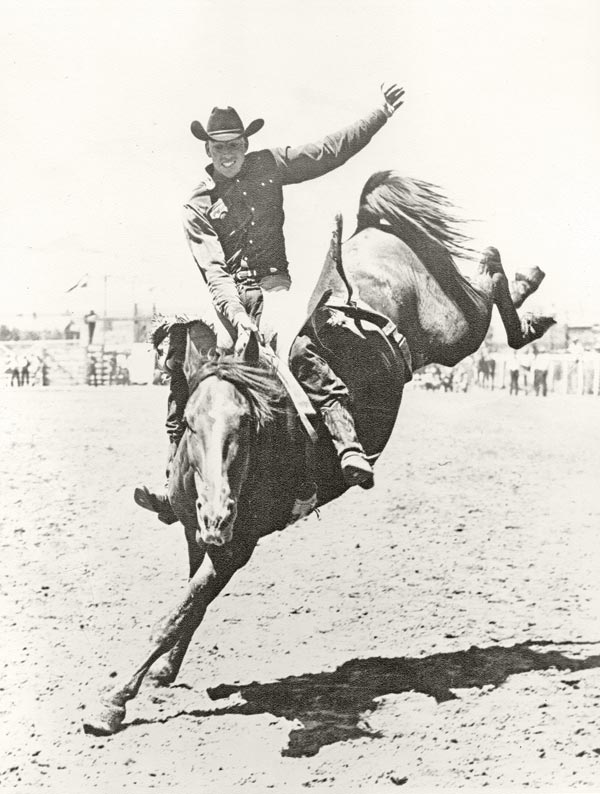
Slim became immersed in rodeo, an institution of the Southwest with roots stretching back to the Conquistadors in the 1600s. The rodear, Spanish for “go around” or “round-up” was made a formal, legal requirement in California with the “Act to Regulate Rodeos” of 1851, its purpose not a competition of skills, but to separate intermixed ranchers’ herds and to brand cattle. Not surprisingly, the vaqueros took the opportunity to show off their talents, and the various competitive events evolved.
In a sense, rodeo may date even farther back. The Minoans of ancient Crete rode and wrestled bulls, and some evidence suggests bull wrestling may have been an event of the early Olympics of ancient Greece.
“Dad rode bareback horses and saddle broncs,” Giardino says. “But he wasn’t making a lot of money rodeoing—it was slim pickings. So that’s when he started clowning.”
While rodeo clowns may wear costumes and makeup similar to circus clowns, their primary job is much more serious and dangerous: to protect bull riders. When a rider is thrown, the clown must distract the angry animal long enough for the rider to make it to safety. Never a cakewalk, the rodeo clown’s job became a lot rougher in the 1920s, with the introduction of the mean-natured Brahma bull to the entertainment.
Before Rex Allen became a singing cowboy for the movies, he spent a few years in rodeo. He told a reporter, “Slim was probably the top clown bullfighter in the business. You talk to any bull rider back in those days, and he would rather have Slim out in that arena to protect him than anybody in the world, because Slim could handle it.”
Beyond his protective instincts, Slim also got laughs. “He clowned a lot of rodeos,” Giardino says. “Dad made a lot of money, because he was genuinely funny. Most rodeo clowns had those baggy pants and their faces painted, but dad didn’t do that. Dad always wore a matador’s outfit. With the bullriding, Dad would walk out there like a matador, and he could really use a cape. Dad had this doctor’s outfit, and if somebody got bucked off a bronc, Dad would run out, pull a live skunk out of his doctor’s kit, and the cowboy would get off the ground really fast.”
He was so at the top of his game that Slim’s name was included in rodeo advertisements, probably a first for a rodeo clown.
The reality is, though, rodeo clowning was a rough business. Actor Andrew Prine remembers: “When I asked Slim how many bones he’d broken over the years, Slim started counting. ‘Well, my elbow, this wrist, my knee….’ After a while he said, ‘Probably 16 bones.’ I said, ‘You didn’t count your ribs.’ Slim looked at me with great disdain and said, ‘Andy, I don’t count ribs.’”
In 1950, Slim met the love of his life, Margaret Elizabeth Harmon, in what Hollywood would consider a perfect “meet cute.” Margaret was galloping her horse at the Madera racetrack when Slim, not looking, stepped out on the track, and she nearly ran him down. He just had to meet that beautiful redhead who was giving him such a dirty look.
Margaret was the sort of human calculator featured in Hidden Figures. “Mom worked for Howard Hughes and was a mathematical genius. She figured out things like how much runway a plane needed to land,” Giardino says.
It was a good thing that the math whiz, and not the high school dropout, was in charge of the money. “Dad did not care how much he made on a film. All he cared about was the per diem—because Mom took the checks, but they gave him the per diem in cash, so he liked that,” Giardino says.
A New Arena
Slim would find himself in a new arena when his career break came in 1950. Director William Keighley had seen his rodeo act and offered him a screen test. Slim had also rode a bronc in 1946’s Smoky, but that wasn’t an acting gig. Keighley’s film was Rocky Mountain, starring Errol Flynn as a Confederate officer leading a small band of soldiers whose covert mission is thwarted when they save a stagecoach from an Indian attack. Shot entirely in Gallup, New Mexico, this exceptionally good Western is Flynn’s best. Slim’s character was introduced in voice-over by Flynn: “Plank, another real plainsman, hard and bitter, with chain-gang scars on his legs at 22.”
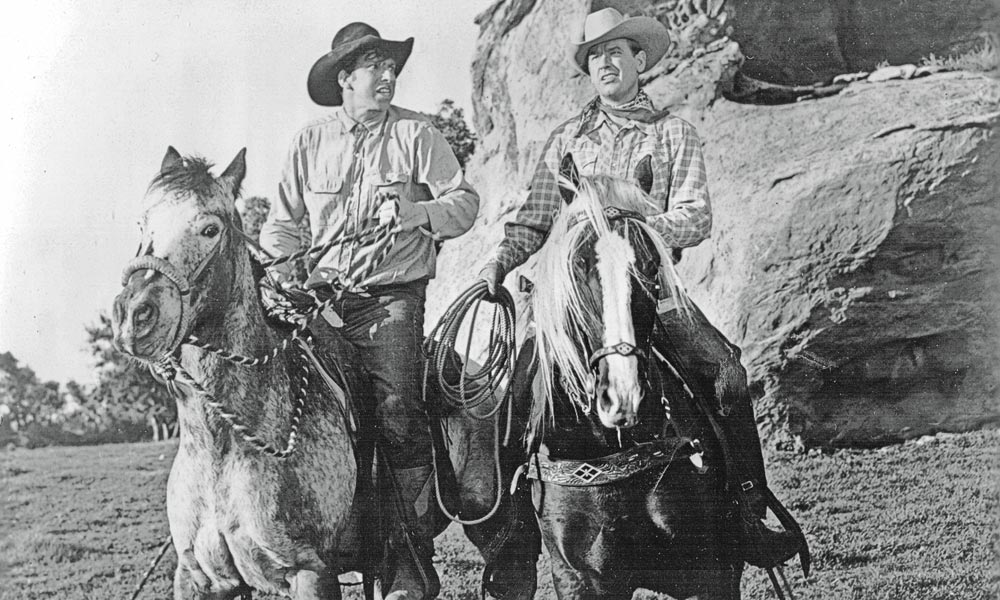
– Courtesy Republic Pictures –
Republic Pictures saw Slim’s potential and signed him up as a sidekick in the Rex Allen Western series, starting with 1952’s Colorado Sundown, in which Slim played two characters—both Joshua and Joshua’s mother! Although filmed at the tail-end of the B-Western-era, these nine movies were engaging, well-made and zestfully directed by action master William Witney.
Aside from Margaret, the other great love of Slim’s life was one his audiences would recognize—a blue roan Appaloosa, Dear John. Slim spotted the young gelding in a Montana pasture in 1954 and convinced Margaret that he was worth the $150 investment.
“So my mother would let him buy the horse, he said, ‘Let’s buy him, and he’ll be your horse.’ Of course, that didn’t happen,” Giardino says.
After Slim worked with trainer Glenn Randall, Dear John could buck on cue, throw kisses, shake his head yes or no, sit like a dog and grab a blanket off his back and throw it.
Dear John rode into the Hollywood arena in the Rex Allen pictures and other films, and performed in rodeos between movies. In the 1958 classic The Big Country, Dear John played Old Thunder, a horse that tenderfoot Gregory Peck tries to ride. But when Dear John bucked off Peck, Slim doubled for Peck in the long shots. From then on, Slim would only let Dear John work if he could do the riding; their connection was said to border on
the psychic.
During the 1950s, Slim appeared in virtually every Western series on TV, as well as features with Joel McCrea and Glenn Ford, and in Disney Westerns Tonka and The Great Locomotive Chase. But his first truly demanding acting challenge came in 1961. Prine says, “If you ever want to see Slim really act, you look at the film he did with Brando. He was tremendously good in that.”
In One-Eyed Jacks, the only film Marlon Brando ever directed, Slim’s Deputy Lon Dedrick was mean, humorless and corrupt.
“That was the first film that I couldn’t identify with Dad,” Giardino says. “He was so into the character, so double-tough and nasty.”
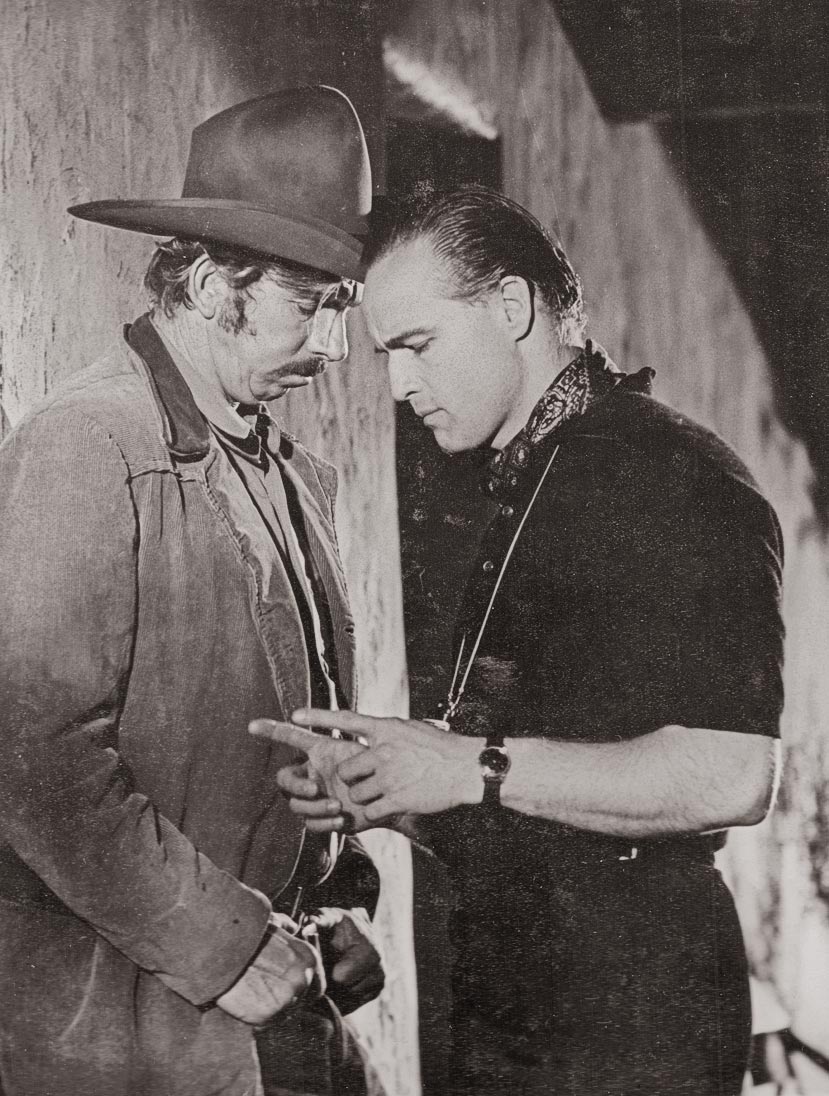
Bruce Boxleitner, who later appeared in the How the West Was Won series with Slim, recalls Slim telling him, “Everyone made a fortune on that movie but the studio, because we were on it for months.”
In addition to his busy acting life, Slim took on a behind-the-scenes role in 1962, as technical advisor, as well as on-camera actor, on the NBC series Wide Country, starring Earl Holliman as a rodeo star and Prine as his younger brother. Slim even wrote the stories for a pair of episodes.
“Slim was funny, but he was also very straight and sincere,” Holliman remembers. “I was not a cowboy, but I wanted to look like one. He showed me how to get on bucking horses, how to cinch up a horse—the little tricks of the trade, getting ready to come out of the shoot—he was right on top of it.”
Prine also learned plenty from Slim. Brought to California from Broadway, he’d never even seen a rodeo when he walked on set in his wardrobe, with his jeans cuffs rolled up.
“Slim looked at me a minute, and asked, ‘Do you dig ditches in this script?’ I said no, and he said, ‘Then roll down the cuffs of your jeans. No rodeo rider rolls his cuffs up, the reason being you’d get hooked by a horn on your cuffs.’ He looked at me another minute. I had this brand new Stetson hat on. He said, ‘Let me have that a minute.’ I gave him my hat, and before I could say a word, he spit tobacco juice all around the hat band and rubbed it in. He said, ‘Makes it look like you’ve been to work.’ I realized that I was dealing with a man who knew what he was talking about. I thought the world of Slim,” Prine says.
A rodeo arena was built atop Universal, and things started out rough. “The first time they brought the livestock out, they unloaded this big Brahma bull into a holding pen,” Prine recalls. “The wooden crossbars on the fence were nailed [on the] wrong side. The bull took one look at it, and went through it like papier-mâché. We all scattered, and the bull took off over the hill, into The Virginian set. Doug McClure said he and the crew looked up and saw this monster running down the hill toward them, and they ran like hell and hid. I saw Slim grab his horse, jump on it; he went over the hill, lassoed the bull, and he brought him back to the set.”
Prine saw Slim’s courage off the set as well. “Slim took me to rodeos with him,” he says. “A bull came out and threw the rider, and Slim had to get the bull off the rider. The bull got Slim down in a corner of the fence, he was on his back, and this 1,700-lb. bull was butting him and trying to kill him. I was terrified. I screamed, ‘Slim! Slim! Get out of there!’ And Slim, while he’s down on the ground underneath the bull, smiled and said, ‘No horns!’ He wasn’t worried at all.”
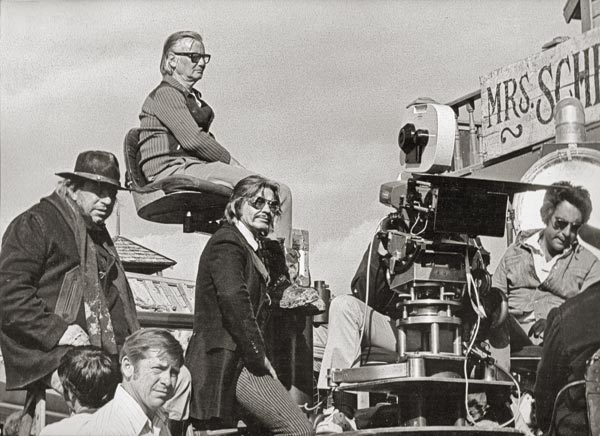
The role that made Slim not only a star, but also an indelible image in American consciousness was just around the corner. Filming for Dr. Strangelove, Stanley Kubrick’s black comedy about a demented general leading the U.S. into nuclear war, was nearly completed when an unforeseen problem shut down production. Star Peter Sellers had already played three roles: a Royal Air Force officer, the U.S. President and Strangelove. He was all set to play bomber pilot Maj. “King” Kong, when a problem arose.
Widely reported by the media, Sellers was said to have broken his leg or become ill. But when Slim was urgently contacted to play Kong, the explanation was a lot simpler: Sellers couldn’t get the accent right.
Having never been out of the country before, Slim didn’t realize he needed a passport until after he arrived in London. He had to stay at the airport until one could be rushed to him.
The mishaps didn’t end there. Slim rides down one of two bombs, each showing their names painted on them: “Hi There!” and “Dear John.” Kubrick let Slim name them, and, of course, Slim meant to ride down Dear John, but a miscommunication put the bombs in the wrong positions, so Slim ended up straddling “Hi There!” while he whooped and waved his hat in grand rodeo fashion.
Slim would later learn from Van Heflin, an acting buddy and lifelong friend, that Slim had come within two votes of an Oscar nomination for 1964’s Dr. Strangelove.
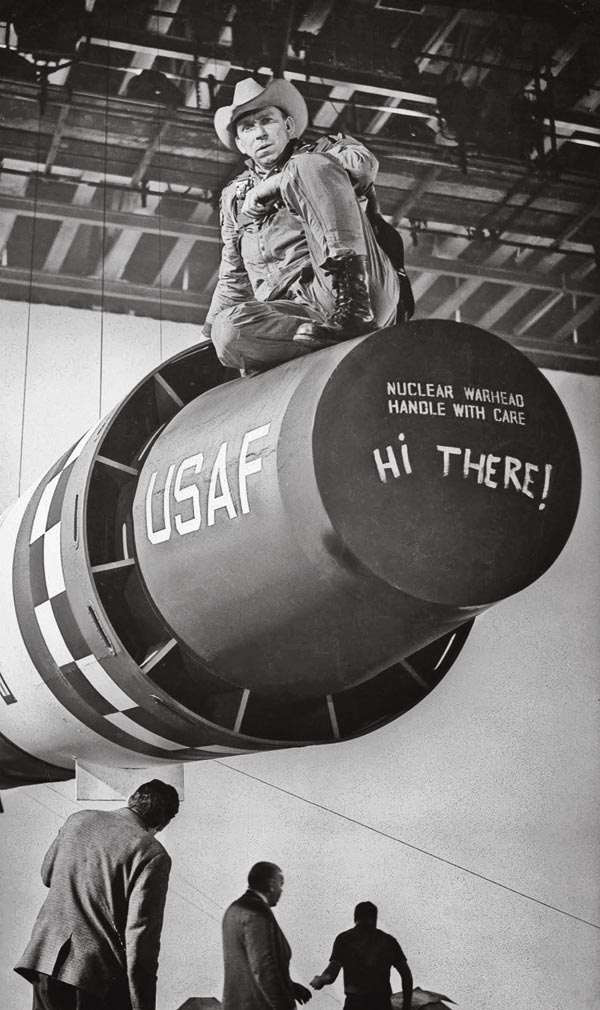
– Courtesy Columbia Pictures –
The 1960s continued to be busy acting years for Slim. He appeared in the first of four films for Sam Peckinpah, Major Dundee. Both men particularly enjoyed working on that film together because they’d grown up in the San Joaquin Valley and knew each other long before they’d entered the film business. In 1966, Slim played Buck, the stagecoach driver in the remake of Stagecoach. Norman Rockwell, hired to paint the poster, created individual portraits of the cast. The shy artist, intimidated by the stars, insisted on painting Slim first, because he was a regular guy.
In 1972, Slim costarred with James Coburn in the best film ever made about rodeo, The Honkers. A real Westerner as well as comedian, Slim was the most authentic element in Mel Brooks’s 1974 delightfully flatulent Western farce Blazing Saddles, his best-remembered role after Dr. Strangelove.
Among Slim’s other favorite roles was Sheriff Sam Creedmore, the lawman who reluctantly hangs Tom Horn, played by Steve McQueen in 1980’s Tom Horn. Giardino reveals why the movie was so personal for her father: “Years before, he actually met the sheriff, and talked to him at length. He knew Horn was not guilty, and he did not want to hang him. But he had to. Dad said, what happens up there on the platform is almost verbatim what the sheriff told him.”
Beloved to this Day
Time catches up to even the best of us. Giardino remembers when her father had to retire Dear John, turning him out to pasture at the ranch of a veterinarian friend in Bishop, California. Her mother told her: “Dad sat up in bed one night and said, ‘Oh my God, John’s dead.’ And Mom said, ‘C’mon, Slim, You’re having a bad dream; just go back to sleep.’ And three nights later, Doc Hird called and said, ‘I couldn’t call you, but John died three nights ago.’”
After a long career in rodeo, and after 172 film and TV roles, Slim fought a long, valiant battle against a brain tumor. Although the cause is unknown, his daughter suspects that all of the punishing blows he received to his head during his rodeo years may have been to blame. Slim died on December 8, 1983, at the age of 64.
Why is Slim Pickens so beloved after all these years? I think people love him because of the good-natured, cocky heroism he revealed whenever he’d get into the arena to lead a bull away from a downed rider. I think, in that cover snapshot, he perfectly embodies that confidence strived for by all Americans. The historians admire that he was the real thing, and the movie fans admire that he was so damned good. In a way, when we watch him straddle that bomb, how can you not envy the joie de vivre of a man who’s determined to enjoy the ride all the way down?
Giardino once asked her father, an untrained actor, if he was ever intimidated by working with so many big stars and important directors. He told her, “As long as I had a horse underneath me, and a rifle in my hand, I knew I was gonna be okay.”
Henry C. Parke is a screenwriter based in Los Angeles, California, who blogs about Western movies, TV, radio and print news: HenrysWesternRoundup.Blogspot.com



